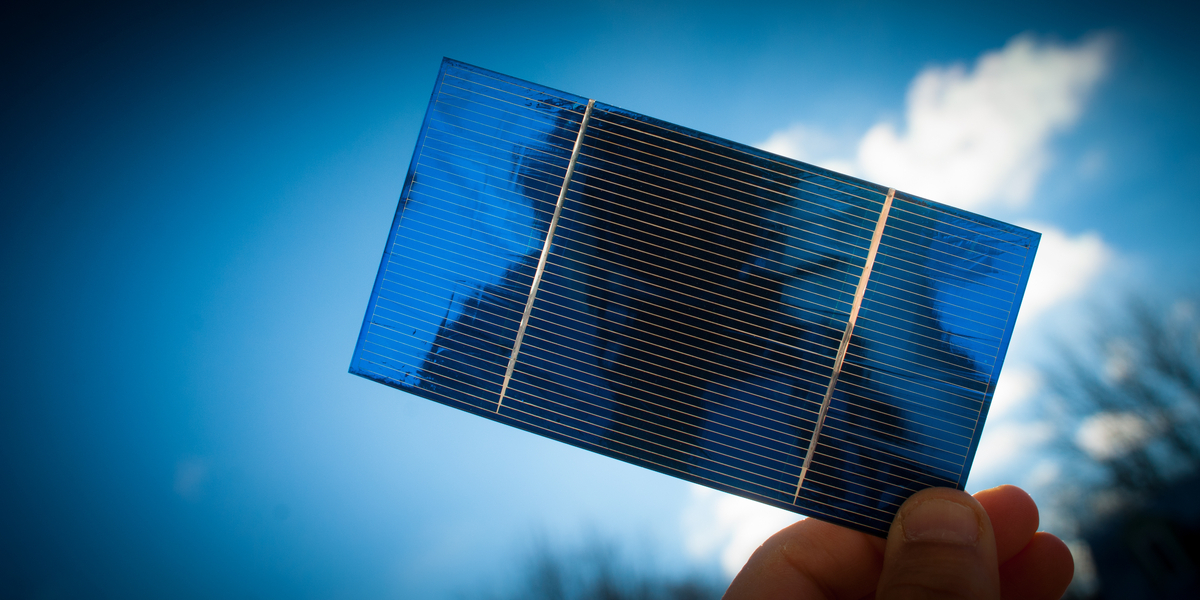
Even after all these years, scientists and engineers are still finding new ways to squeeze more and more electricity out of sunlight. Heterojunction solar cells are one of the newest technologies in the consumer solar panels market.
As a business owner searching for effective building integrated photovoltaics (BIPV) to incorporate in your building, it can be difficult to distinguish one type of panel from another. In this article we’re going to explore the latest heterojunction technology to help you decide which BIPV roofing products are right for you.
What Is Heterojunction Solar?
Heterojunction technology (HJT) is a solar panel production method that has been on the rise since last decade. It is currently the solar industry’s most effective process for increasing efficiency and power output to the highest levels. It even surpasses the performance of PERC, the solar industry’s current go-to technology.
SANYO (now Panasonic) developed the HJT production concept in the 1980s. The earliest HJT modules were 14.4% efficient and produced 170 W. Today, HJT modules can reach efficiencies of up to 25%.
How does HJT work?
Heterojunction solar panels are composed of three layers of photovoltaic material. HJT cells combine two different technologies into one: crystalline silicon and amorphous “thin-film” silicon.
The top layer of amorphous silicon catches sunlight before it hits the crystalline layer, as well as light that reflects off the below layers. However, monocrystalline silicon, the middle layer, is responsible for turning most of the sunlight into electricity. Lastly, behind the crystalline silicon is another amorphous thin-film silicon layer. This final layer captures the remaining photons that surpass the first two layers.
Using these technologies together allows more energy to be harvested as opposed to using them individually, reaching efficiencies of 25% or higher.
Advantages of Heterojunction Solar Cells
Here are a few key advantages of using HJT solar cells for your building:
- Higher efficiency – most HJT panels that are currently on the market have efficiencies ranging from 19.9%–21.7%. This is a massive improvement compared to other conventional monocrystalline cells.
- Cost savings – The amorphous silicon used in HJT panels is a cost-effective photovoltaic technology. This thin-film solar requires shorter manufacturing compared to other technologies. Because of its simplified manufacturing process, HJT has the potential to be more affordable than alternative solutions.
- Resilience and adaptability – This technology was developed for excellent production capabilities, even in extreme weather conditions. HJT panels have lower temperature coefficient than conventional solar panels, ensuring high performance at elevated external temperatures.
- Life expectancy – On average, thin-film photovoltaic modules have a life expectancy of up to 25 years, while HJT solar cells can remain fully functioning well over 30 years.
The Future of HJT Solar
Given the several advantages of HJT solutions, it is likely that more companies will continue to adopt this technology in the near future. Because the HJT manufacturing process requires four fewer steps than PERC technology, there is potential for significant cost savings. While PERC has been a popular option in the industry for many years, its complex manufacturing process cannot compete with HJT. In addition, PERC does not offer HJT’s high temperature performance benefit.
According to the ITRPV 2019 report, HJT cells are expected to gain a market share of 12% by 2026 and 15% in 2029.
Trust Kaneka Energy Management Solutions with Your Next Project
Investing in solar panels is a long-term commitment, which is why it’s so important to partner with a trusted energy management company.
The Kaneka Group takes an innovative approach to science and seeks to exceed customer expectations by offering a wide variety of energy management solutions. We’ll help lower your external energy sourcing needs by implementing leading technologies and strategies to save you time, costs, effort, and risk while maximizing your building’s return on investment.
Contact us today to learn how we can incorporate building photovoltaics and transparent photovoltaic windows and films into your next project.